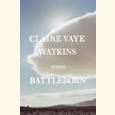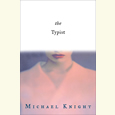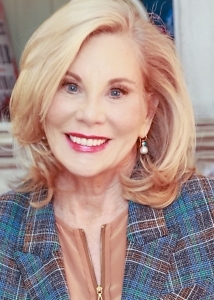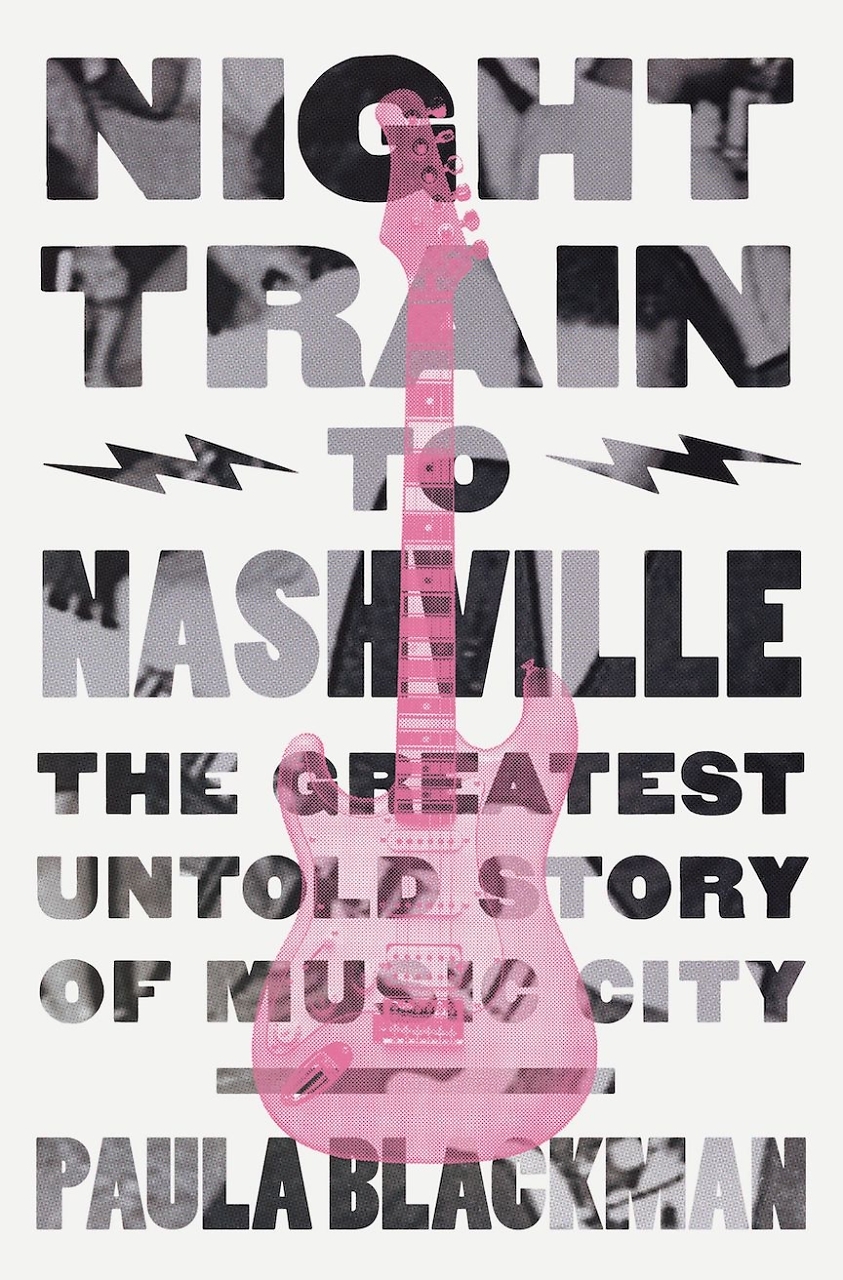Chasing Plagues
In Asleep, Molly Caldwell Crosby examines the human side of an epidemic
When Molly Caldwell Crosby’s first book, The American Plague, appeared in 2006, critics praised the way it wove individual tales of horror and heroism into a broader scientific framework. The book recounted how the population of Memphis, where Crosby lives, was decimated by a yellow fever epidemic in 1878, and told the stories of doctors fighting to identify the disease and halt its spread. In her second book, Asleep: The Forgotten Epidemic That Remains one of Medicine’s Greatest Mysteries, published last year and now out in paper, Crosby used a similar mix of memorable characters and scientific detection to follow a chilling epidemic of sleeping sickness in the wake of World War I, a disease that left most of its victims dead or brain-damaged. She recently discussed with Chapter 16 the process of combining very human stories and scientific research.
Chapter 16: Both of your books have focused on historical epidemics. What draws you to such morbid subjects?
Crosby: I didn’t originally plan to write two epidemic books back to back, but found this to be a good window of time to write about sleeping sickness. As for being drawn to morbid subjects … I’m fascinated by the way epidemic diseases were like natural disasters. We’ve never experienced anything like that today, and yet just a hundred years ago, epidemics could shut down cities, governments, commerce. They influenced wars and politics. They had a profound impact on history—both locally and globally. And they were a constant reminder that nature can trump us despite all of our progress.
Chapter 16: Can you describe how you first became interested in science writing in general? Who are some of your favorite science writers?
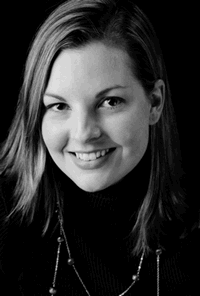 Crosby: My interest in science writing began when I was working in the editorial department at National Geographic Magazine. I was doing background research for several of the writers, including the staff writer who covered medical topics. I can’t think of a better place than National Geographic to learn excellent, thorough research. I applied for a fellowship there for a graduate degree in science and nonfiction writing from Johns Hopkins, so I worked for the magazine during the day and attended school at night. This was in the 1990s when some great narrative nonfiction writing was being published. Some of my favorite books—like Nathaniel Philbrick’s In the Heart of the Sea, John M. Barry’s Rising Tide, Erik Larson’s Isaac’s Storm—were books about the intersection of history and science. That’s how I’ve always viewed my science writing—as a different angle on history.
Crosby: My interest in science writing began when I was working in the editorial department at National Geographic Magazine. I was doing background research for several of the writers, including the staff writer who covered medical topics. I can’t think of a better place than National Geographic to learn excellent, thorough research. I applied for a fellowship there for a graduate degree in science and nonfiction writing from Johns Hopkins, so I worked for the magazine during the day and attended school at night. This was in the 1990s when some great narrative nonfiction writing was being published. Some of my favorite books—like Nathaniel Philbrick’s In the Heart of the Sea, John M. Barry’s Rising Tide, Erik Larson’s Isaac’s Storm—were books about the intersection of history and science. That’s how I’ve always viewed my science writing—as a different angle on history.
Chapter 16: Asleep follows a group of patients in narrative case studies. Of the many cases you researched for the book, how did you choose which patients to include?
Crosby: Finding the case studies for Asleep was a major challenge. Early in the project I realized that to portray this kaleidoscope of a disease, I’d need to follow a series of patients—from the mildest cases like that of my own grandmother’s, to some of the fatal cases like J. P. Morgan’s wife, to the most extreme like the young girl’s terrible acts of self-mutilation. The challenge was in finding those cases—so many records were destroyed when the asylums closed. And for some reason, I choose obscure topics from history that don’t leave me with vast amounts of information to work with. I’m often developing a character from very little personal information because these were not famous people. No one wrote biographies about them or donated their personal letters and diaries to libraries. But that’s also why I want to write about them—they’re amazing stories lost to history.
Chapter 16: In the case studies, you take deeply personal journeys into the lives of individuals—in some cases people who have been dead for many years—at what was probably the most difficult time of their lives. What concerns do you have as you venture onto such personal ground? How do you make them breathe again on the page?
Crosby: I’m very mindful of the fact that I’m writing about normal people, who didn’t ask to be part of the historical record. I always think in terms of how I would feel if a historian rifled through my personal materials to “recreate” me for a book, and I try to be respectful of that. For example, a patient in Asleep had personal material included in his medical file about infidelity and marital problems—it was relevant to the doctor because it was causing stress to the patient, but it wasn’t relevant to the story I was telling, so I didn’t include it. As for breathing life into the characters, I tend to home in on the details that interest me—the ones history books sometimes overlook. For example, Dr. Jelliffe. Knowing he used to climb onto his roof, pretending to be Santa, and call down the chimney to his children is a humanizing and funny way to see this brilliant psychoanalyst.
Chapter 16: Both you and Rebecca Skloot, author of The Immortal Life of Henrietta Lacks, have backgrounds in science writing and creative nonfiction, and both of you were writing in Memphis at about the same time. Is the city somehow spawning great science writers? Are you two the beginnings of a Memphis movement?
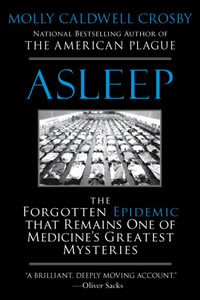 Crosby: I’m not sure I would call it a “science writing” movement in Memphis, but Memphis certainly seems to attract artistic types—and it has always had a rich literary heritage with writers who spent time here, like Tennessee Williams, Shelby Foote, Peter Taylor, William Faulkner, and, today, writers like Hampton Sides, who is one among many talented Memphis writers, whether native or transplants. Memphis is a place where you can see such vivid contrasts in all areas of life. If it is inspiring or attracting science writing, then I’m excited to be part of that movement.
Crosby: I’m not sure I would call it a “science writing” movement in Memphis, but Memphis certainly seems to attract artistic types—and it has always had a rich literary heritage with writers who spent time here, like Tennessee Williams, Shelby Foote, Peter Taylor, William Faulkner, and, today, writers like Hampton Sides, who is one among many talented Memphis writers, whether native or transplants. Memphis is a place where you can see such vivid contrasts in all areas of life. If it is inspiring or attracting science writing, then I’m excited to be part of that movement.
Chapter 16: How have audiences responded to Asleep? Do readers share their family stories, like the one you tell about your grandmother?
Crosby: I’ve been surprised by how many personal stories I’ve heard from people who either had relatives who suffered from sleeping sickness or experienced similar symptoms after a bout of encephalitis. One woman even called during a radio interview to tell me that she had always worried that a relative’s insanity might be hereditary—until she realized it was related to the 1918 flu and was most likely a case of sleeping sickness. It’s been really nice to hear from people who, like me, now understand a family member much better after learning about this disease.
Chapter 16: The book ends with a great many scientific questions about sleeping sickness left unanswered. In the time since it was published, has anything new about the disease been discovered? Do you think your book has informed the scientific research and debate that continues?
Crosby: As I was writing the book, I kept wondering if there would be an answer by the time it went to print. In a sense, I wrote a book that still doesn’t have an ending. Since then, I have met some of the researchers at St. Jude working on a study linking encephalitis lethargica to very virulent strains of flu, like an avian flu. Up until now, no one has been able to find proof that sleeping sickness was related to flu because they can’t find the virus in brain tissue of patients today or archived tissue from the epidemic itself. But these researchers believe in a “hit and run” type of damage in which the flu sparks such a strong immune-system response that it causes swelling and permanent damage to the brain without leaving any trace of flu behind. If that proves true, it will be a major breakthrough.
Chapter 16: How do you balance the intensity of this kind of research and writing with the demands of small children?
Crosby: The research and writing are so intense that I’m ready for a break from disease and death for the more normal daily routines of life. So far, it hasn’t made me a hypochondriac. But it does remind me of how lucky we are to live in a medical age when my children are vaccinated against most deadly diseases. I still visit Elmwood Cemetery every September, and I walk along those gravesides where a parent lost all of their children to yellow fever in one week. It very seriously puts into perspective anything I consider “worrisome” at the moment.
Chapter 16: What are you working on now?
Crosby: I’m taking a break from that intensity to work on something relatively lighter. It’s the true story of a jewel heist in Edwardian London and the beginning of Scotland Yard forensics and detective techniques. A charming, gentleman thief against a talented Scotland Yard detective. But in the larger frame, it’s also about the last days of that innocent, golden era before World War I begins. So, for me, that undercurrent adds an almost foreboding depth—you want to tell the main players in the story and all the Londoners fascinated by the heist that in a year the last thing they’ll care about are stolen jewels.
To read Chapter 16’s review of Asleep, please click here.
Molly Caldwell Crosby will read from and sign copies of Asleep at Davis-Kidd Booksellers in Memphis on February 8 at 6 p.m.

